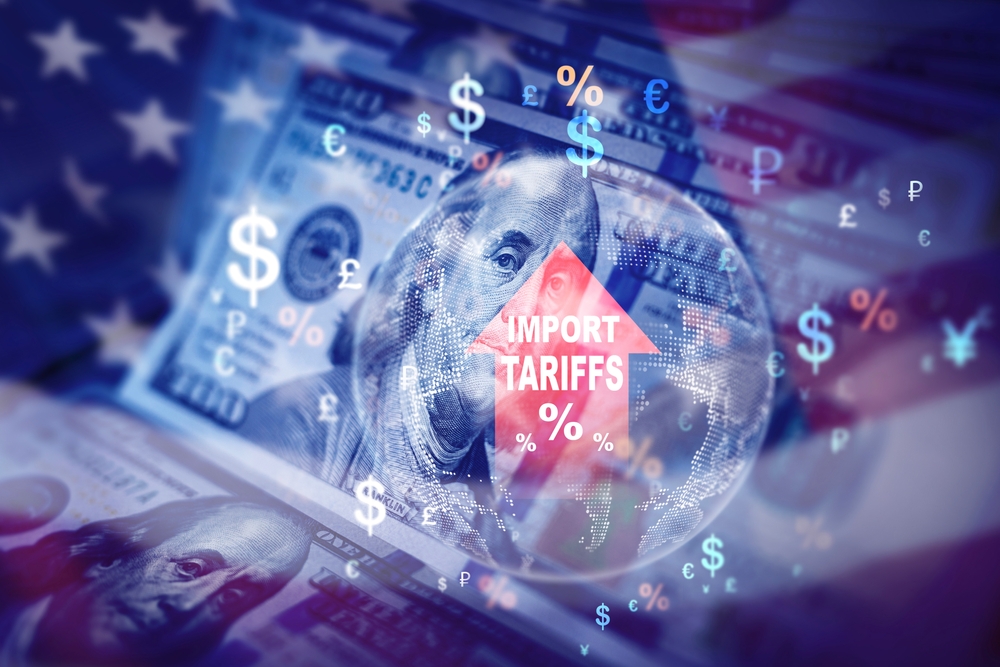While the national housing market wrestles with interest rate volatility, global trade tensions, and economic uncertainty, the greater Phoenix area—particularly Scottsdale, Paradise Valley, and surrounding metro cities—continues to show surprising resilience. Despite market headwinds, this region is holding firm, buoyed by economic momentum, lifestyle appeal, and investor confidence.
Let’s take a closer look at how interest rate volatility is shaping real estate here in Arizona—and why this market is standing tall.
Interest Rate Whiplash Meets Arizona Optimism
The Federal Reserve’s “higher for longer” stance on interest rates has sent mortgage rates climbing above 7% in recent months, creating widespread uncertainty for buyers and sellers alike. But here in the Valley, the story has a unique twist.
While buyers in many parts of the country pause or pull back, Phoenix-area demand is still very real—especially in high-desirability zones like Scottsdale and Paradise Valley. These areas continue to attract affluent buyers, out-of-state relocators, and cash investors who are less rate-sensitive and more focused on lifestyle, tax benefits, and long-term value.
Even with borrowing costs rising, there’s no shortage of buyers eyeing this market for its sunshine, high-end amenities, and long-term growth potential.
Inventory Remains Tight—And That’s Holding Up Prices
One reason why home values haven’t buckled under interest rate pressure is that supply is still limited. In Scottsdale and Paradise Valley, homeowners with 2–3% mortgage rates stay put, keeping resale inventory low. This scarcity has helped stabilize prices—even with demand slightly softening.
In Metro Phoenix, more broadly, new construction is helping fill the gap, but it is not fast enough to tip the market in favor of buyers. Builders are offering incentives like rate buydowns and closing cost assistance to help soften the impact of rising rates, but base prices remain elevated in many popular master-planned communities.
Luxury and Cash Sales Are Shielding the Market
Scottsdale and Paradise Valley are among the top destinations in the Southwest for luxury real estate. These are not your average markets—high-net-worth individuals drive much of the activity. Many buyers in this segment purchase in cash, bypassing mortgage rate volatility altogether.
This influx of affluent buyers is keeping demand high and pricing firm, particularly in the $2 million+ category, where bidding wars are still happening for rare, turn-key properties with exceptional views or custom architecture.
A Diversified Local Economy Is the Secret Weapon
Metro Phoenix’s resilience isn’t just about weather and golf. The region’s rapidly diversifying economy—from tech and healthcare to logistics and semiconductors—is attracting companies and job-seekers in droves. Significant investments from companies like Intel, TSMC, and others support job growth and household formation, which naturally fuels housing demand.
This economic engine frees the region against national or global disruptions, including interest rate volatility, trade tensions, or even tech sector slowdowns.
What’s Next for Local Buyers and Sellers?
Expect continued friction in the lending environment until inflation cools further and the Fed signals a shift toward rate cuts. In the meantime:
- Buyers should act strategically, especially in neighborhoods where inventory is tight, and competition is still active. Consider temporary rate buydowns or creative financing options—and don’t wait too long in Scottsdale or Paradise Valley, where premium homes can disappear quickly.
- Sellers have a solid hand to play but must price realistically. Overly aggressive pricing won’t stick in today’s data-driven environment, even in luxury markets. That said, if your home is priced right, shows well, and is properly marketed, it can still command top dollar.
Final Thoughts
While interest rates, inflation, and international trade headlines continue to dominate the news, the fundamentals driving Arizona real estate remain strong. Scottsdale and Paradise Valley, in particular, continue to thrive due to limited inventory, affluent demand, and the draw of year-round living in one of the most desirable metro areas in the country.
Yes, the market has shifted—but in this corner of Arizona, the story is still one of long-term strength and surprising staying power.






